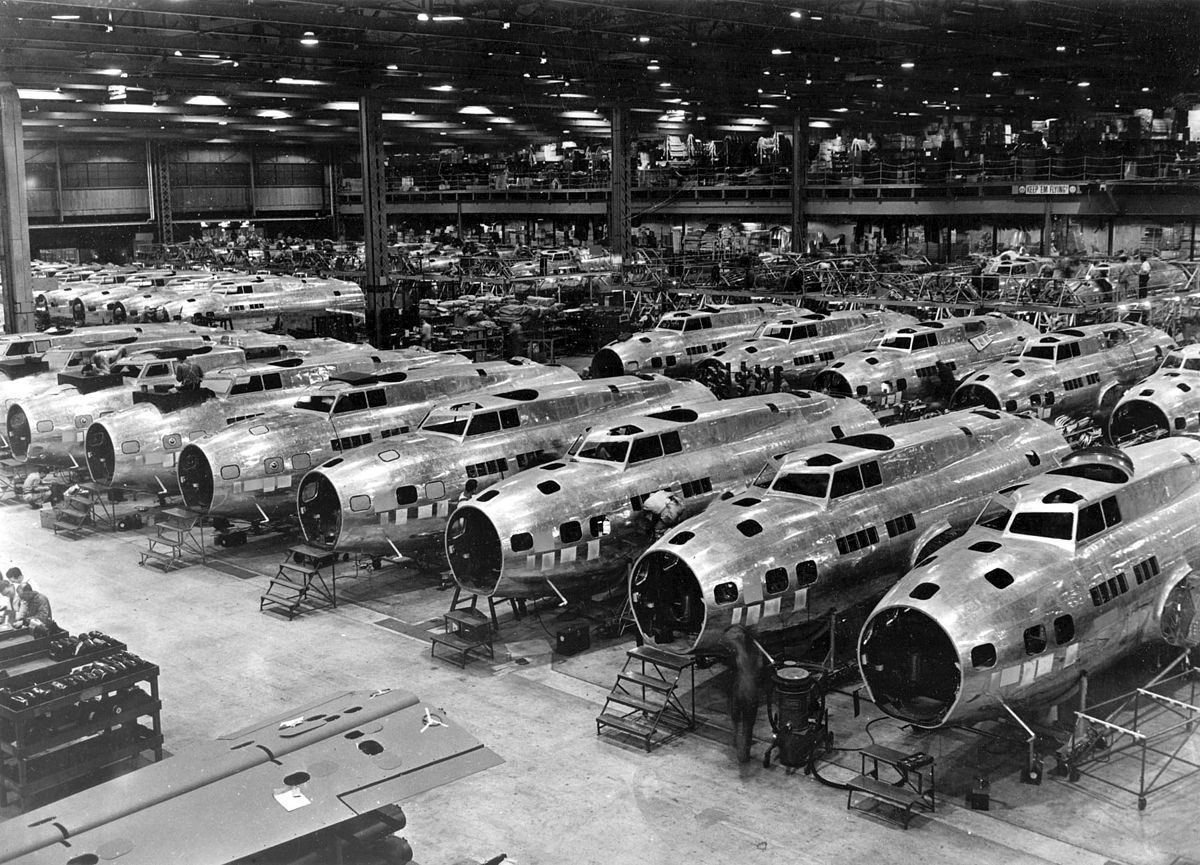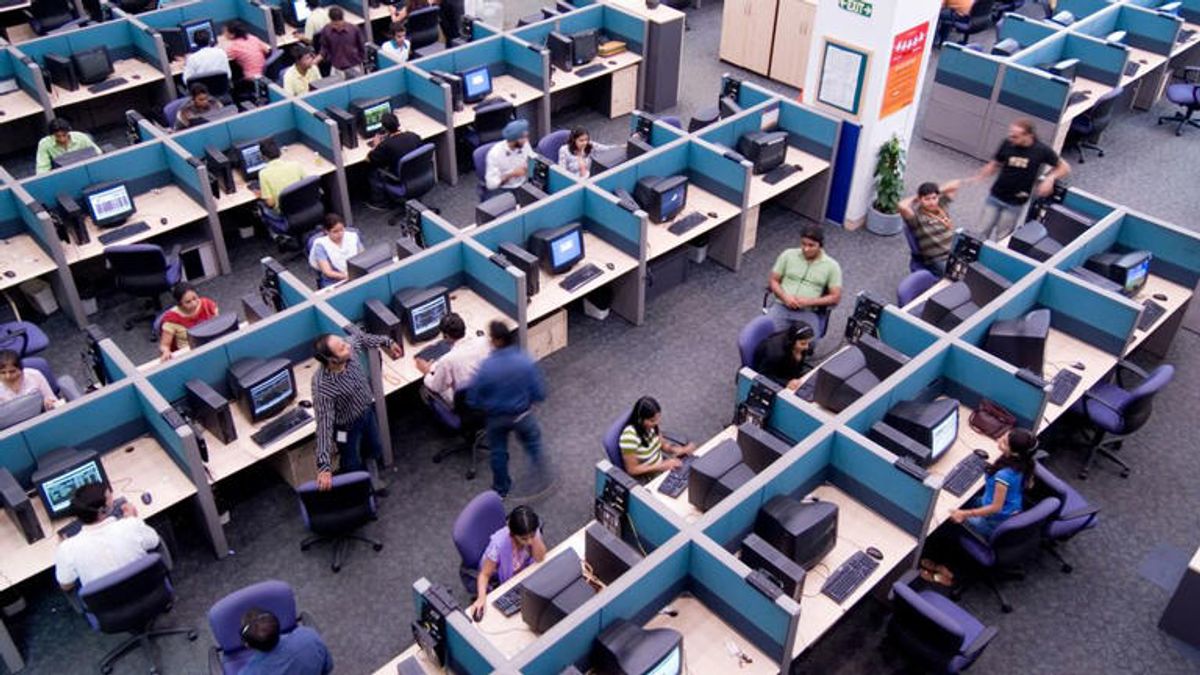The Decline of American Manufacturing
Almost 30 years ago, Carl Sagan famously issued a “foreboding of an America when nearly all the manufacturing industries have slipped away to other countries.” That foreboding became an unfortunate reality, with roughly a third of manufacturing jobs disappearing in the following decade.

But of course it wasn’t always that way. By the end of WWII, the US’s manufacturing output exceeded that of Germany, Japan, and Italy combined – in fact Pennsylvania alone produced more steel than the entirety of Germany in that year. Of course, in the midst of the largest conflict the world had ever seen, this manufacturing muscle was certainly less than inconvenient.
A Factory is More Than Machines
When you think of a manufacturing company, you probably envision large rows of industrial machines. Or maybe an assortment of robots, decked in carbon fiber and copper wire. But what people often forget are the thousands of office personnel who help keep the machines running. The manufacturing orders need to come from somewhere, and the inventory needs to be tracked by someone.
Strangely, as manufacturing facilities have become increasingly advanced, the underlying infrastructure that powers these machines is largely stuck in the 20th century. Despite remarkable advancements in robotics that automate nearly the entire manufacturing process, supply chain management and order processing is often done entirely on spreadsheets or paper.
Even the country’s largest manufacturing organizations manage critical operations in spreadsheets. Parts often disappear, orders are lost, and American manufacturing efficiency is held behind. In fact, some of the largest manufacturers outsource these critical business tasks to teams of foreign laborers, through massive business process outsourcing firms such as Tata, Cognizant, and Accenture. These firms employ thousands of overseas laborers in slave-like conditions, manually keeping track of every cog in the supply chain through millions of spreadsheet-like cells. All of this as robots explore planets autonomously.

Revitalizing American Manufacturing with Automation
These inefficiencies are not only a threat to the American economy, but to our national security. Ensuring dominance in manufacturing is critical to ensuring the country’s ability to respond to geopolitical threats, and ensure its economic independence. As FDR famously called it, the “Arsenal of Democracy” is more than just a financial requirement.
As America begins to re-industrialize, it is essential to remember that our factories are more than large machines. The advent of LLM’s has delivered extraordinary operational productivity across the spectrum, including critical manufacturers. It is time for these critical industries to embrace this technology and eliminate inefficiencies that are holding America behind.